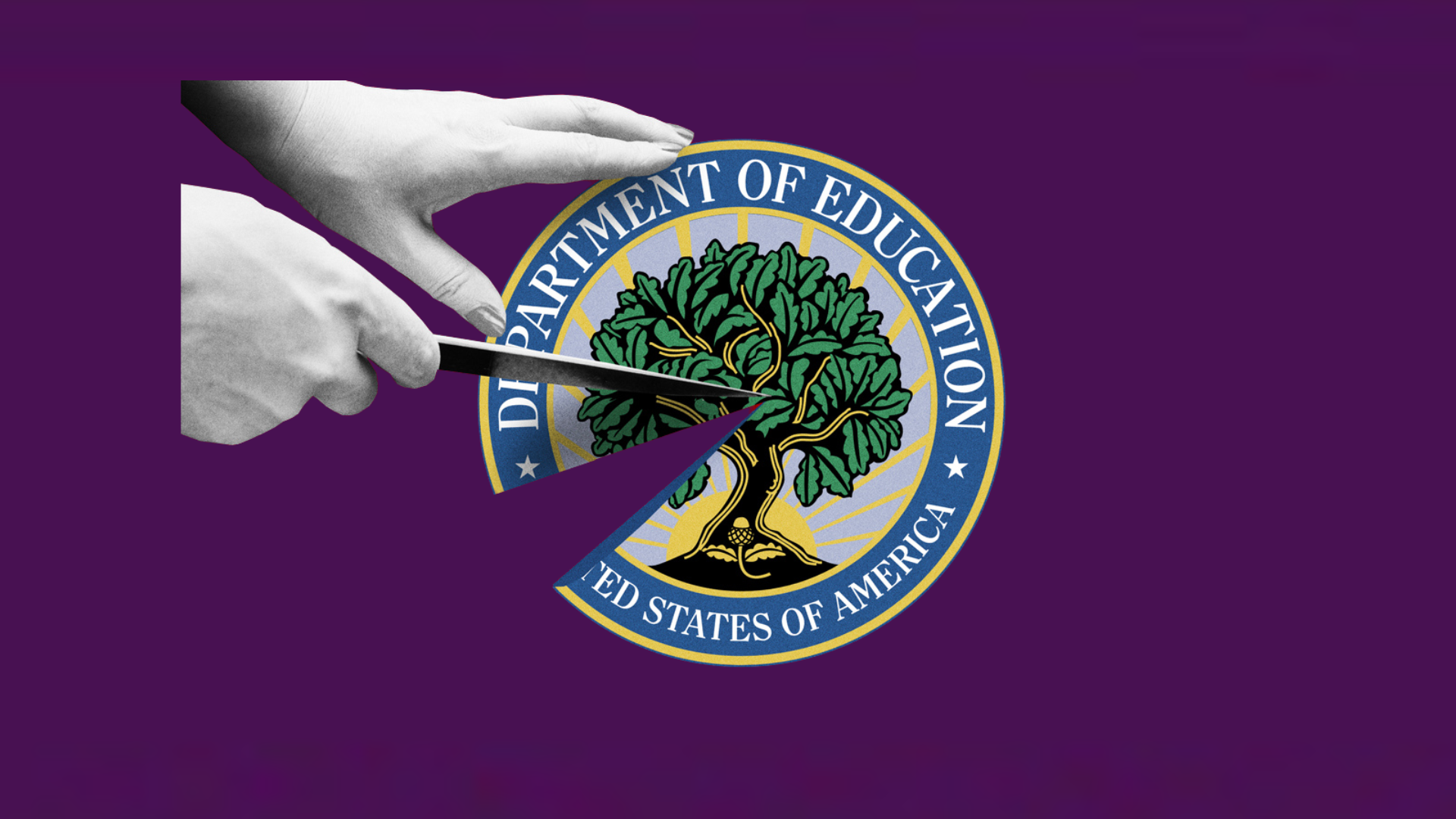In the months before President-Elect Trump’s ascension to the White House, his campaign drew significant public attention due to a polarizing comment regarding the future of the Department of Education. President-Elect Trump has asserted his intentions to dismantle the Department of Education, which, according to its website, is responsible for “establishing policy for, administering and coordinating most federal assistance to education.” Despite the growing attention, this is not new to Trump’s agenda as he has advocated for limited federal government involvement in state-level education since his 2016 presidential campaign. Moreover, the Republican party has pushed for the department’s dissolution since its creation in 1979. The conservative manifesto Project 2025 also proposes significant reforms to the department, favoring greater local and state control over education policy, reflecting a widely shared sentiment among conservatives.
What is the Department of Education?
The U.S Department of Education (ED) is the country’s smallest federal department created to serve four primary functions:
- Managing Title I and IDEA funding for impoverished K-12 schools and disabled students
- Monitoring and distributing Federal Student Aid for higher education
- Collecting data on American schools
- Enforcing civil rights law that prohibits discrimination based on race, color, sex, religion, and national origin
The Department of Education does not properly establish curricula or determine educational standards as that authority is reserved for the states through the 10th Amendment. However, it indirectly influences curricula through incentives such as the Common Core Standards and the Race to the Top grant program which have both received staunch criticism from the public.
What is the rationale for Republican criticism?
According to the education chapter of the conservative manifesto Project 2025, Republicans largely seek to eliminate the “unnecessary bureaucracy” associated with the Department of Education and federal regulations instituted by the department. “Policymaking and funding should take place at the state and local level, closest to the affected families,” contends Lindsey Burke, author of the Project 2025 chapter. The manifesto also criticizes the higher education lobby and public sector bureaucracies for hindering the department’s functions. Republicans argue the complexity of federal education programs has contributed to the misappropriation and inequitable distribution of federal funds. Notably, the most prominent lawsuits and investigations regarding the misuse of federal student aid funds involve for-profit institutions, which include one of the most active lobbying groups on Capitol Hill, Adtalem Global Education. For-profit institutions, which largely benefit from lobbying the ED, are known for their predatory practices that coerce vulnerable students into paying disproportionately higher tuition costs than non-profit institutions.
What would happen if this were possible?
Nominally, there would no longer be a cabinet-level position responsible for leading the Department of Education, and the bureaucratic structure, including the department’s 4,400 employees, would cease to exist. Additionally, the extent of changes would depend on how Congress restructures the department’s programs. Last November, South Dakota Senator Mike Rounds introduced a bill to eliminate the Department of Education and redistribute its programs, such as Federal Student Aid, to the Treasury Department and the Civil Rights Office to the Department of Justice. Project 2025 proposes a similar plan, which includes relocating the department’s programs elsewhere while cutting some program funding and replacing it with block grants that go directly to families as an alternative.
Another key motive for conservatives to dismantle the education system and reform its programs is to challenge federal policies promoting diversity, equity, and inclusion. Earlier last year, Trump vowed to “cut federal funding for any school or program pushing critical race theory, gender ideology or other inappropriate racial, sexual or political content.” It is also important to note that the absence of the department would likely result in the lack of regulations for federal accountability in ensuring compliance with established funding for marginalized communities.
Many leaders on the left, including Vermont Senator Bernie Sanders, have expressed concern about the risk of privatizing public education through school voucher programs funded by the conservative block grant. School vouchers, such as those proposed in the previous Texas legislative session, would be used for private school tuition and education expenses provided by private vendors. The NAACP (National Association for the Advancement of Colored People) asserts that the “privatization of public schools within public school districts diverts much-needed funding from public education, further dismantling the viability of the public education system.”
Conclusion of Part I
This informative read was intended to provide a thorough and objective analysis of the potential policy and its impacts. Addressing the restructuring of public education is complex, as one can infer from the density of the article. Readers are encouraged to review the information repeatedly and consult other sources for additional context. Part two will offer a critique and commentary on the circumstances, which will provide some much-needed answers.














Mr • Jan 10, 2025 at 7:05 pm
Bueno!